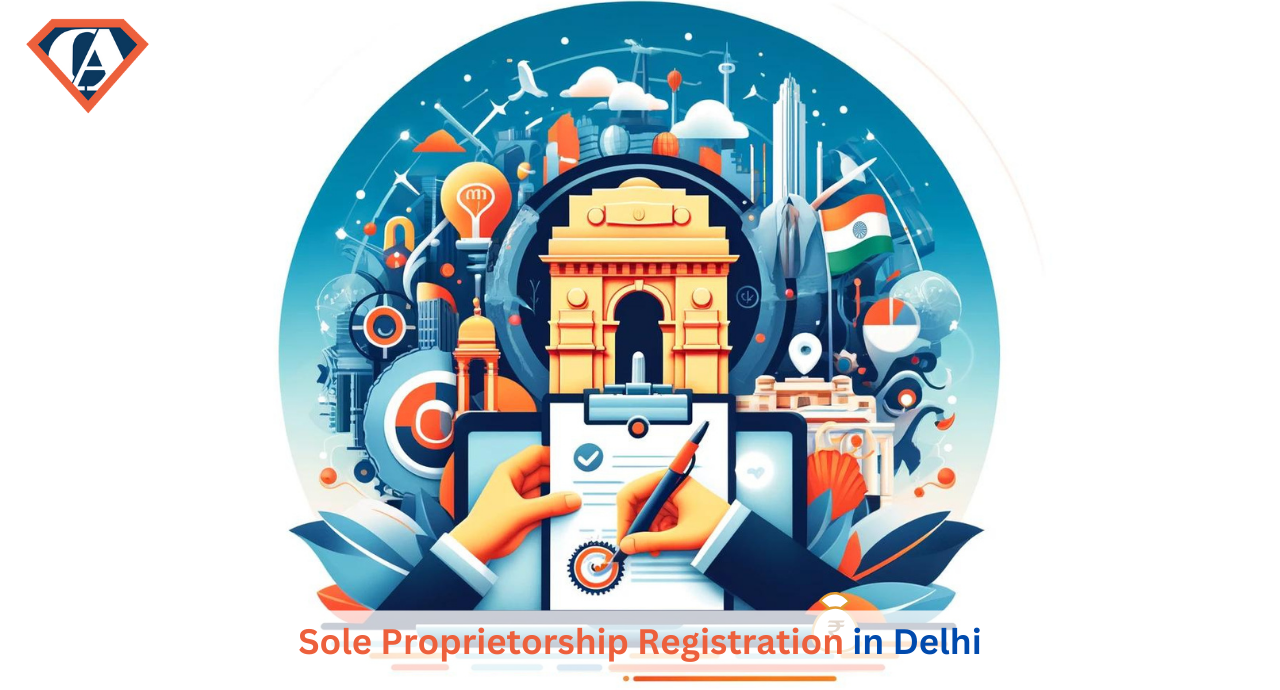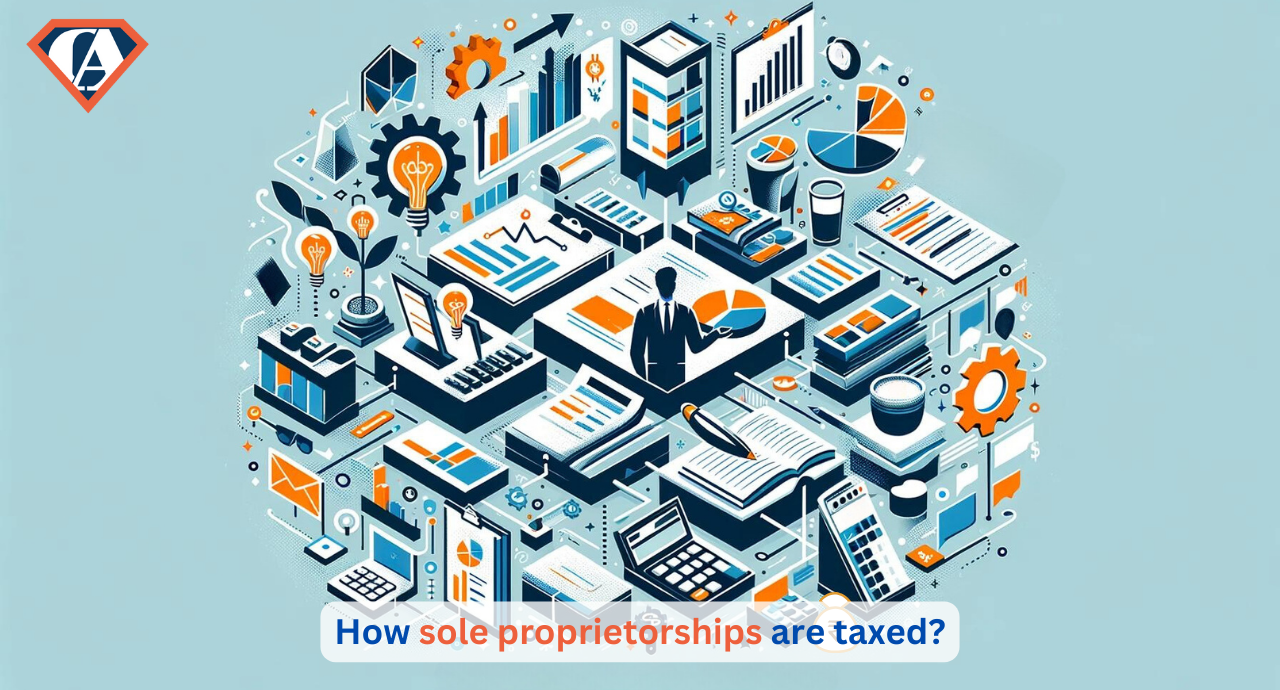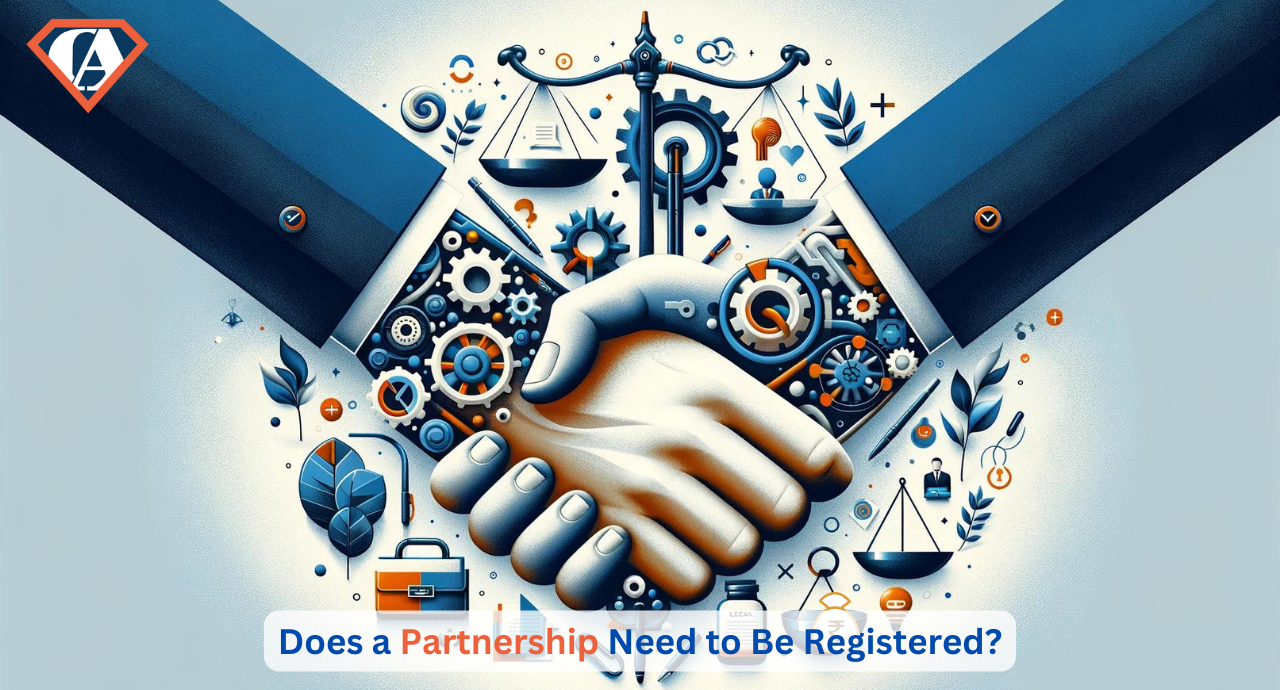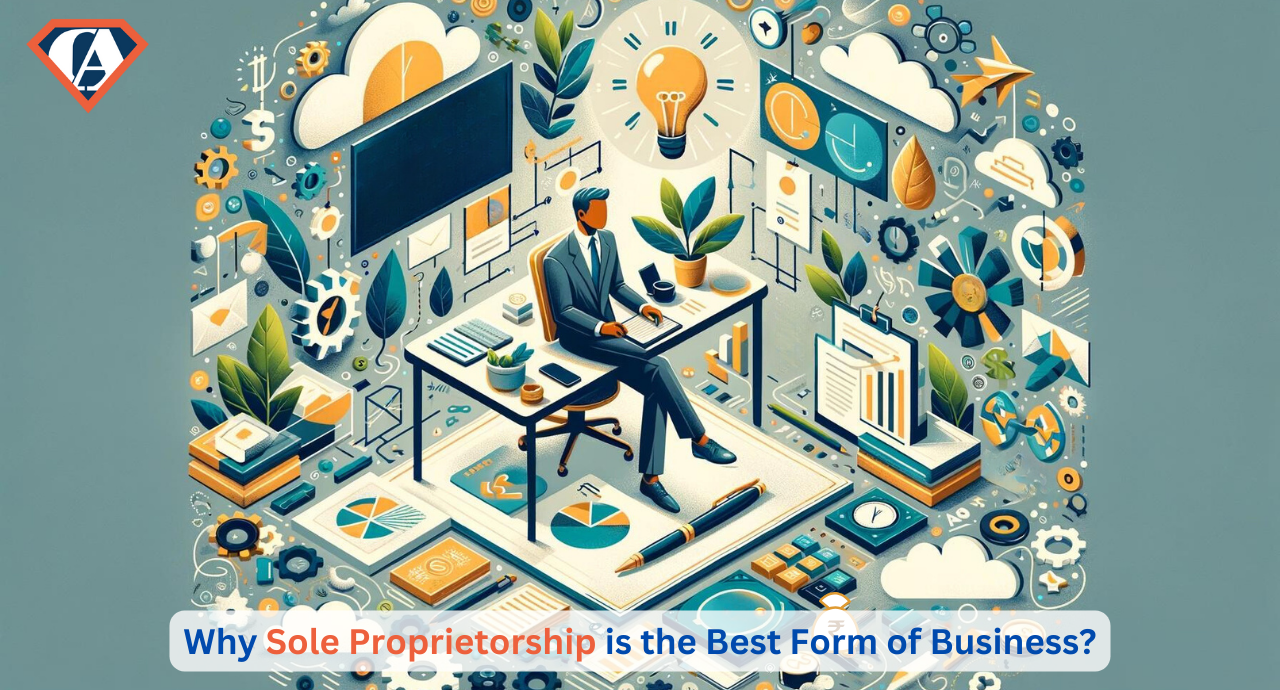What is Right of Lien? Types of Lien
- Posted By SuperCA
- On 30 May
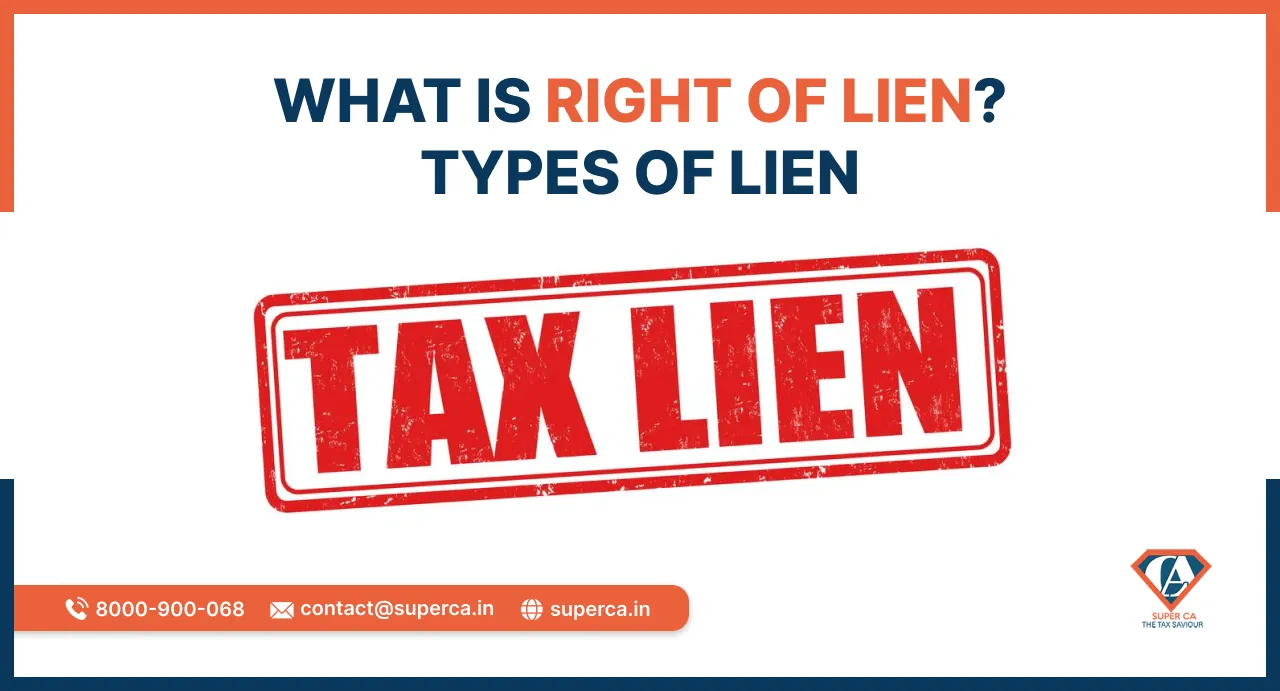
Let us start by understanding what is a Right of Lien. Lien is basically the right that is endowed to an individual in order to retain those goods and services which belong to someone else until and unless some legal doubts have been satisfied.The Right of Lien does not give the authority to the person to sell the retained goods and services. The Right of Lien is different from other types of charges because it occurs from the dealings that are done between two parties and not from any sort of implied agreements.
Conditions for Right of Lien
The most important conditions that need to be met if someone wants to use their Right of Lien are mentioned below:
- The creditor who wants to use his Right of Lien must possess the goods for which the Right of Lien is to be exercised.
- In order to exercise a Right of Lien, there needs to be some lawful debt due by the owner to the person who possesses the goods.
- There need not be any contract to the contract.
What are the different types of Lien?
The three main types of Lien are mentioned in the list below:
- Possessory Lien
- Equitable Lien
- Maritime Lien
Possessory Lien:
A lien that can only be used by the person who has the possession of goods, is known as a possessory lien. A possessory lien can be lost due to the following mentioned reasons:
- When you lose possession
- When the payment of due money is done
- When the security has been substituted
- When there has been a waiver for the Right of Lien
The requirements to acquire a possessory lien are: the possession of the goods and services needs to be continuous and rightful and there should not be any special purpose behind the possession. A possessory lien can be further classified into the following categories:
A Particular Lien:
A particular lien grants rights to an individual to retain a particular object for which the debt emerged. Such debts are usually generated from services that are availed or money that is being spent on the goods for which the right of lien is to be used.
The main constituents of a particular lien are, a right to retain the goods till the particular debt is being paid off and it generally arises during the ordinary course of business. There is no need for a specific agreement for a particular lien.
And the points that need to be satisfied for a particular lien are, The owner needs to possess a lawful debt of the obligation that will be discharged and the possession must be obtained in the ordinary course of business.
A General Lien:
A general lien permits you to retain goods and securities of a specified debt to that individual who possess the goods but with respect to the general amount that is due by the owner of the specified goods and securities. This right may be granted by making use of an agreement to that effect or by the provisions of any statue. The right of general lien is generally given to bankers, brokers, wharfingers, solicitors and warehouse-keepers. A banker constitutes cash, cheques and securities and bills of exchange that are submitted or any amount of money that is due as a banker.
The main constituents of the general lien are listed below:
- If he wants to extend the general balance of accounts
- A general lien is not an right of action but a right of defence
- A general lien also extends to earlier transactions
- A general lien also covers properties and securities which a banker possesses in the ordinary course of business
- Securities and goods that are possessed for a special purpose are not covered General Lien
Equitable Lien:
An equitable right that is granted to a charge on either an immovable or movable property of another by the law is known as an equitable lien. This lien can be exercised only until certain claims have been satisfied. The following instances are a part of the equitable lien:
- If a partner who has an equitable lien on the property can remit the partnership debts on dissolution
- An unpaid vendor has an equitable lien for the whole or part of the purchase money of the immovable property only until the actual payment is made
- The proceeds of the pledged goods will are deposited in the loan amount when the goods are released to the borrower using trust receipt
Maritime Lien:
A right that is used for binding a ship, machinery, furniture, cargo in order to pay the claim that was formed on the basis of the maritime law, is called a maritime limit.
Negative Lien:
Sometimes a borrower is asked by the banker to release a letter that states that the assets are totally free from all sorts of charges when an advance is made. The borrower also states that the assets will be not disposed of without the written permission of the bank. This type of undertaking is known to be a Negative Lien. This type of arrangement is usually drafted and printed as an agreement. The interests of the banker remain protected to some extent because of the Negative Lien.
Banker’s Lien:
Under the banker’s lien, the banker is granted a right. Using this right, he can sell the property after giving an acceptable notice and the property will come into the ordinary course of business. The Banker’s lien can be applied under the following conditions:
- The banker must possess control over the property
- There should be no special purpose behind the instruments of goods of the banker
- The banker must acquire the instruments lawfully
- There is not the presence of an implied agreement.

